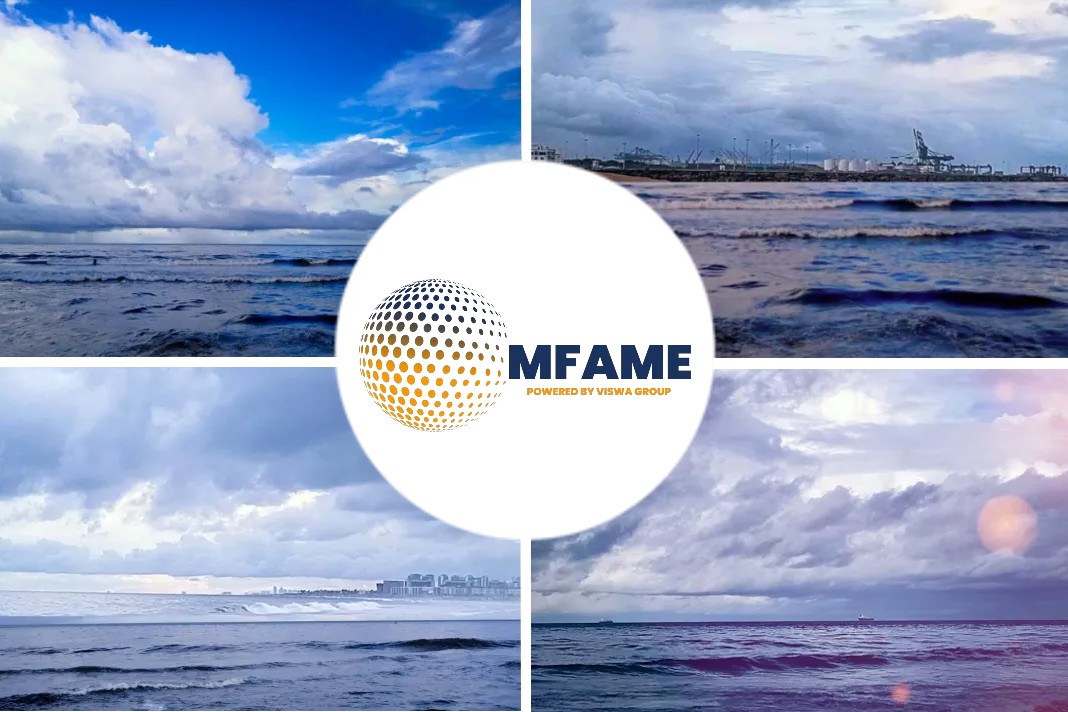Amendments to the IMO’s ballast convention covering the phase in of the switch from D1 to D2 treatment standards entered into force on 13 October 2019, writes Malcolm Latarche in his article published in the Ship Insight.
What’s in it?
The BWM Convention itself entered into force in 2017. The amendments formalise an implementation schedule to ensure ships manage their ballast water to meet the D2 standard aimed at ensuring that viable organisms are not released into new sea areas, and make mandatory the Code for Approval of Ballast Water Management Systems, which sets out how ballast water management systems used to achieve the D-2 standard have to be assessed and approved.
What does this mean?
The amendments to the convention were adopted in April 2018. In essence, the schedule for implementation means that compliance with the D-2 standard set out in the Convention will be phased-in over time for individual ships, up to 8 September 2024. Over time, more and more ships will be compliant with the D-2 standard.
Achieving D2 Standard
In many cases, meeting the D-2 standard will be achieved through fitting ballast water management systems. There are now many such approved systems on the market, ranging from those which use physical methods such as ultraviolet light to treat the ballast water, to those using active substances. Those that use active substances have to go through a thorough additional approval process.
Survey and Certification Amendments
Other amendments to the BWM Convention entering into force on 13 October 2019 relate to survey and certification.
Since the Convention entered into force in September 2017, ships have been required to manage their ballast water to avoid the transfer of potentially invasive aquatic species.
- All ships, whether they have a treatment system installed or not, must have a ship-specific ballast water management plan and keep a ballast water record book.
- Ships are also required to manage their ballast water to meet either the D-1 ballast water exchange standard or the D-2 performance standard.
- The amendments in force from 13 October 2019 formalise the implementation schedule for the transition from the D-1 to the D‑2 standard.
Did you subscribe to our daily newsletter?
It’s Free! Click here to Subscribe!
Source: Ship Insight






















